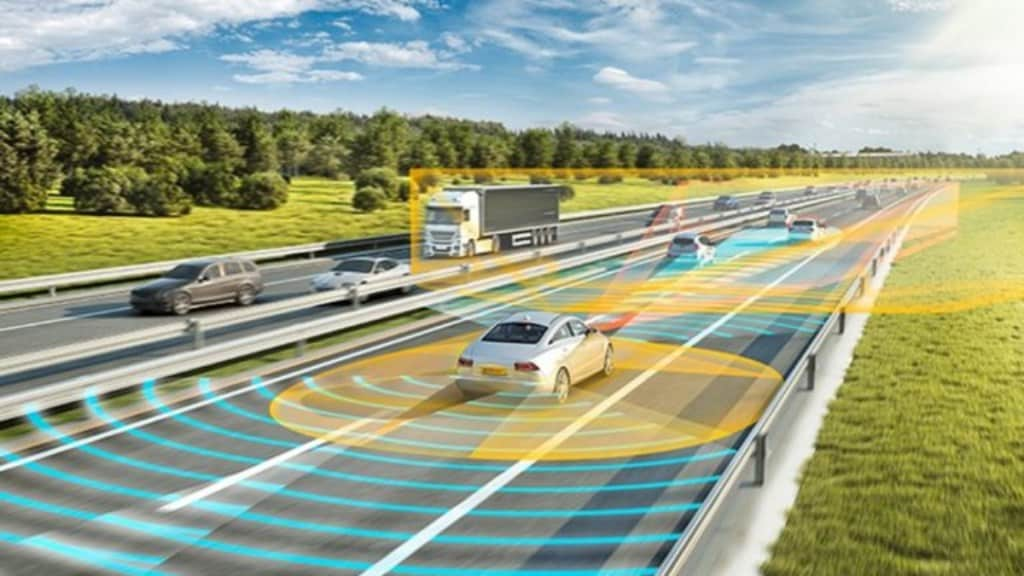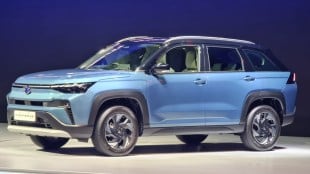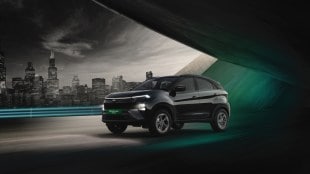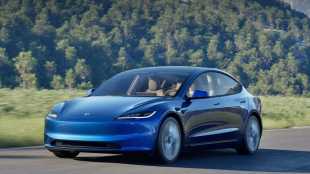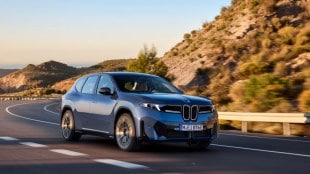In the world of automobiles, the constant need to evolve products and solutions to adhere to new regulations has been a norm, but over the years, the need to respect other road users and road safety has become a paramount topic taking centre stage.
This has led to component suppliers, software companies, automakers, and the government working in tandem in terms of introducing newer technologies and policies to increase the level of safety. While the word ADAS (Advanced Driver Assistance System) has increasingly found its place in the news, especially in the passenger vehicle segment, there are various levels to it.
On the other hand, the term ARAS (Advanced Rider Assistance System) which exists in the premium two-wheeler segment is just being explored now in a country like India, which is home to the world’s largest two-wheeler population. Let’s take a closer look at the technology and what it means for the end user
ADAS has come a long way from being an anti-lock braking technology when it was first introduced in the 1970s to now being able to not only alert but take preventive measures to aid the vehicle user.
Level 0
Indian carmakers have been a bit behind the curve in introducing advanced features due to the cost-competitive nature of adding more technology and acceptance amongst the masses. In India too, the highest number of vehicles continue to see basic functionality like lane departure warnings, blind spot cameras, and forward collision warnings, which is considered ADAS level zero.
Level 1
With a slew of more tech allows the car to use functions like adaptive cruise control and emergency brake assist. This is the first level in the ADAS family which provides active assistance to the vehicle user.
Level 2
Many vehicle makers in India have now started offering and advertising Level 2 functionalities in par with many global markets. At this level, vehicles can partially park themselves autonomously but still require human monitoring at all times. The onus still relies on a human to monitor the vehicle.
Level 3
At Level 3, the vehicle can automate a huge variety of functions, but human control is still required. The vehicles have environmental detection capabilities and can make informed decisions like accelerating and overtaking a slow-moving vehicle.
Level 4
At Level 4, autonomous vehicles are as close to reality as possible. Human intervention is barely required. The automated system using various sensors such as Cameras, LiDAR, and radar can navigate the vehicle on the road, but a human could still override the system in case of any failure or need.
Level 5
The future of mobility or the future we imagined (as of now) will see vehicles completely redesigned and imagined. A vehicle that will have no steering wheel et all, it would be an extension of our home or offices on the move. The vehicle will be able to not only accelerate, deaccelerate, brake, and navigate itself, but also make smart decisions on a real-time basis.
ARAS
While there have been huge advances in terms of making passenger vehicles safer, for many Asian countries including India the number of two-wheeler users makes up for the bulk of vehicle parc.
Unfortunately, whether one accepts it or not, the reality is that there have been hardly any major advancements in terms of making two-wheelers safer other than riding gears, and braking. Electronic Stability Control (ESC) which has become popular in the passenger vehicle segment is now finding its use in very specific high-performance two-wheelers.
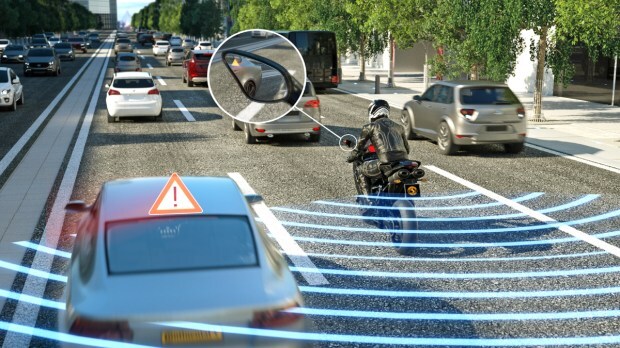
ARAS representational image courtesy: Continental.
Some electric makers are experimenting with cruise control features in two-wheelers but again its absolute use case and safety are still being debated.
This is where a middle approach like ARAS (Advanced Rider Assistance Systems) is being explored. Unlike passenger vehicles, two-wheelers are preferred not only for their affordability but also practicality and manoeuverability. This requires the rider to be completely aware of his/her surroundings.
Two-wheeler makers and their suppliers are working on integrating cameras and sensors to be able to provide a 360deg awareness and feedback to their users using haptic and visual feedback. For instance, warning lights integrated into the mirrors warn the rider about vehicles behind them using data from cameras installed around the tailgate.
All-in-all the topic of vehicle safety is a constantly evolving discussion with technology and regulations shaping the future.
